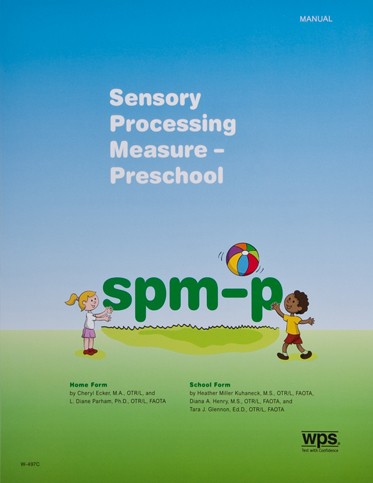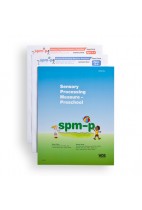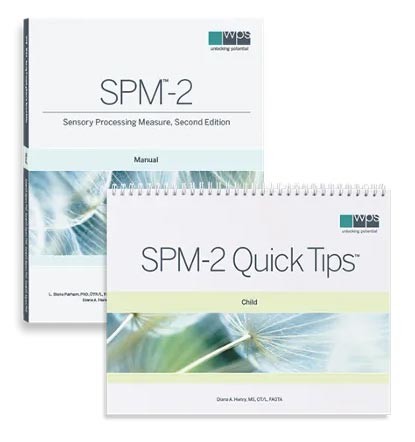Sensory Processing Measure - Preschool (SPM-P)
- Ages 2 to 5
- Testing Time 15 to 20 minutes
-
Product Code W-497 ( MR #053125 )
* Qualifications required to purchase this item. Click here to complete the qualifications form.
* Regional restriction: This item is only available for sale within Canada.
*** DISCONTINUED (NO LONGER AVAILABLE) ***
Contents
- Social Participation
- Body Awareness
- Vision
- Balance and Motion
- Hearing
- Planning and Ideas
- Touch
- Total Sensory Systems
-
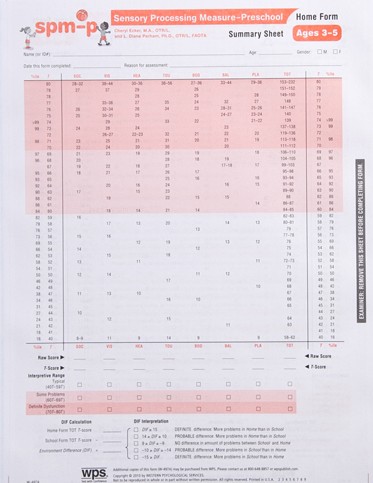
Sensory Processing Measure - Preschool (SPM-P)
SPM-P Home Autoscore Forms (25)
$110.40 -
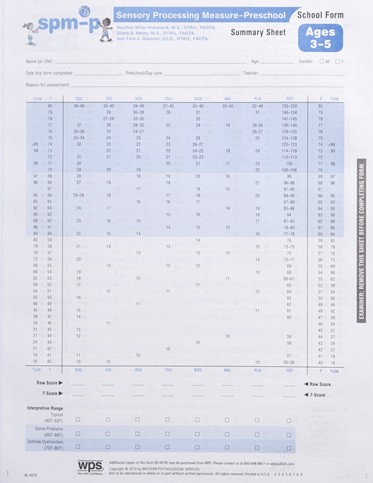
Sensory Processing Measure - Preschool (SPM-P)
SPM-P School Autoscore Forms (25)
$110.40 -
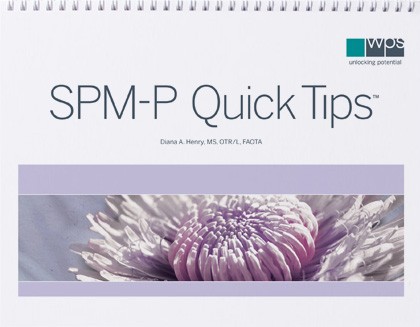
Sensory Processing Measure - Preschool (SPM-P)
SPM-P Quick Tips
$74.40 $49.95*Available while supplies last. (Final Sale)
-
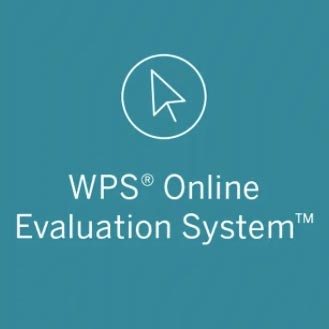
Sensory Processing Measure - Preschool (SPM-P)
SPM-P ONLINE Home Form (25 Uses)
WPS Online Evaluation System
$93.60 -

Sensory Processing Measure - Preschool (SPM-P)
SPM-P ONLINE School Form (25 Uses)
WPS Online Evaluation System
$93.60
No additional information available for this item.

 Proud to be Canadian
Proud to be Canadian